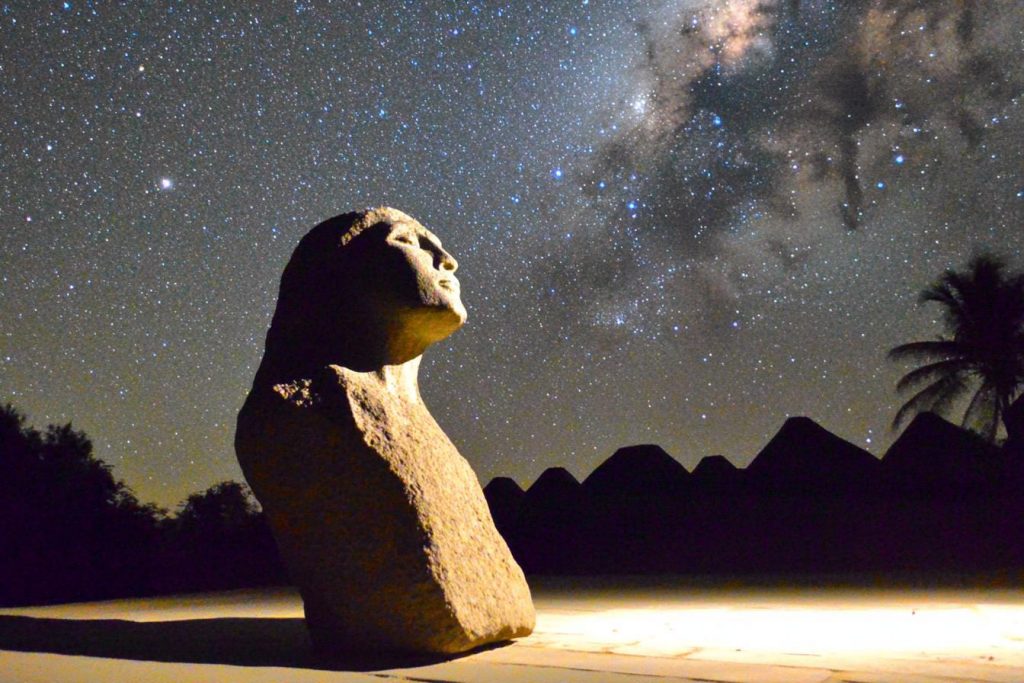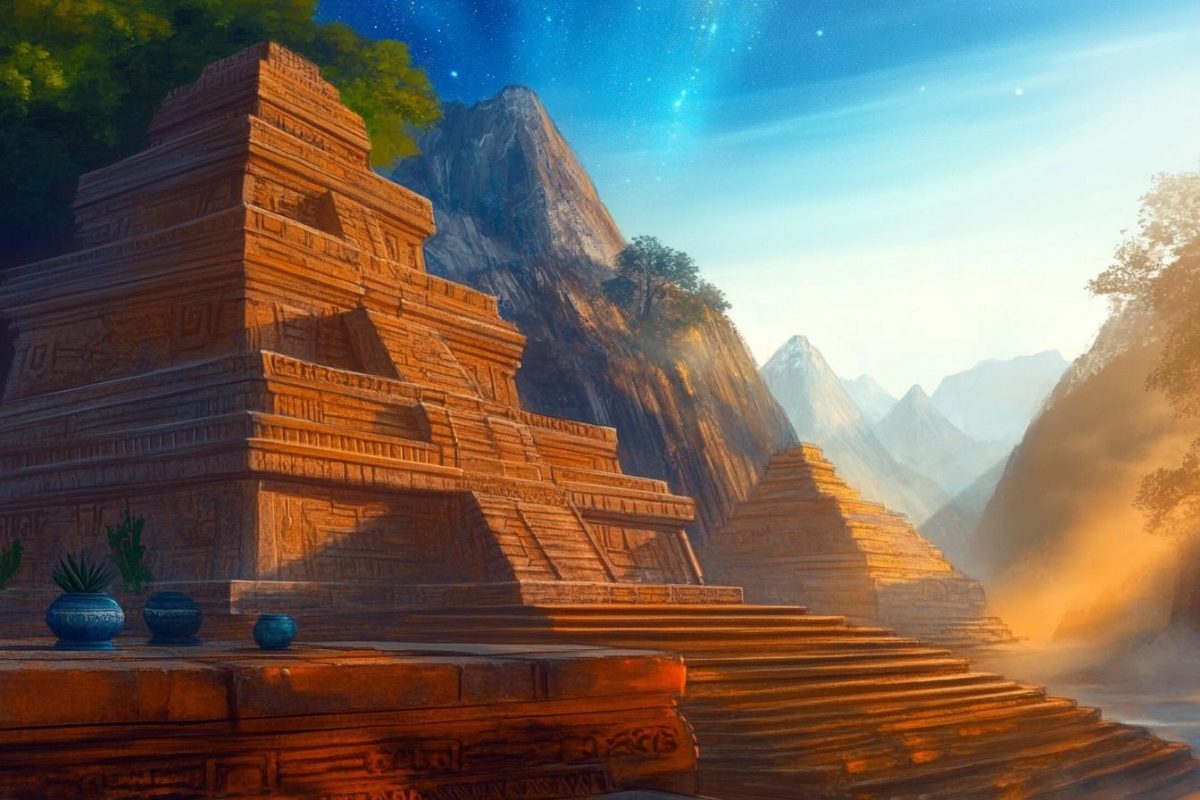
Throughout history, civilizations have looked to the stars not just for guidance, but for inspiration and purpose. Across the globe, ancient builders created awe-inspiring structures that appear to align with celestial bodies—tracking solstices, marking equinoxes, or mimicking constellations with astonishing precision. These alignments suggest a level of astronomical knowledge that still baffles modern scientists. Whether designed for worship, navigation, or something more mysterious, these star-bound structures challenge everything we thought we knew about the ancient world.
Stonehenge – England’s Celestial Clock

Stonehenge is more than a prehistoric stone circle—it’s a cosmic calendar. Aligned with the summer and winter solstices, the structure marks the sun’s journey across the sky with unerring accuracy. Some believe it was used for rituals tied to the changing seasons, while others think it may have functioned as an early observatory. Its true purpose remains elusive, hidden within the shadows of the stones and the stars they mirror.
Chaco Canyon – New Mexico’s Solar City

In the heart of the desert, the ancient structures of Chaco Canyon were meticulously aligned with the movements of the sun and moon. Petroglyphs and windows align with solstice light, revealing an advanced understanding of celestial cycles. The buildings’ placement suggests a society that watched the skies with deep reverence. Some scholars think the entire complex was built to harmonize with both the heavens and the earth.
Giza Pyramids – Mirrors of Orion

The three great pyramids of Giza appear to replicate the belt stars of the Orion constellation with remarkable precision. Some theorists suggest this alignment was intentional, symbolizing the pharaohs’ journey to the stars. Ancient Egyptians believed Orion was connected to Osiris, god of the afterlife, linking the pyramids to cosmic resurrection. Whether by chance or design, the alignment draws a direct line between Earth and sky.
Machu Picchu – Sacred Sun Temple in the Clouds

High in the Andes, Machu Picchu reveals astronomical precision woven into its very foundations. The Intihuatana stone, believed to be a solar clock, aligns perfectly with the sun during solstices. Temples and terraces frame specific celestial events, suggesting that the Inca used the site as both sanctuary and observatory. Its alignment with the heavens turns the entire city into a sacred celestial map.
Nabta Playa – Africa’s Forgotten Stargate

Long before Stonehenge, the stone circle of Nabta Playa rose in the Nubian desert, aligned with the summer solstice and key stars in the night sky. Believed to be one of the oldest astronomical sites in the world, it was likely used for ritual and tracking seasonal rains. The stones’ alignments with Sirius and Orion’s Belt hint at a sky-focused culture long lost to history. It’s a mystery why such knowledge appeared so early in this remote region.
Teotihuacan – The City Aligned with the Cosmos

Teotihuacan, the ancient city in Mexico, is laid out with startling astronomical precision. The Avenue of the Dead and the Pyramid of the Sun align with the setting sun on specific days of the year. Scholars believe the builders intended the city to reflect cosmic order, connecting its geometry to celestial patterns. The purpose remains unclear—was it a city of the gods, or a gateway to the stars?
Newgrange – Ireland’s Portal of Light

Older than both Stonehenge and the pyramids, Newgrange is a Neolithic tomb that lights up once a year. On the winter solstice, sunlight streams through a perfectly aligned passageway, illuminating the inner chamber in a dramatic display. This event suggests a deep spiritual and astronomical awareness among its builders. It’s as though they built a temple not just to the dead, but to the returning sun itself.
Angkor Wat – The Star-Coded Temple Complex

The sprawling temples of Angkor Wat in Cambodia are not only aligned with the sun—they mirror the stars above. Researchers have found its layout reflects the Draco constellation, with key towers marking solstices and equinoxes. Its builders encoded cosmological knowledge into stone, suggesting an intimate relationship between architecture and astronomy. Angkor Wat may have served as a map of the heavens, rooted firmly in the earth.
The Medicine Wheel – North America’s Sky Wheel

Hidden in the Bighorn Mountains of Wyoming, the ancient Medicine Wheel is a stone circle used by Indigenous peoples for centuries. Its spokes align with the rising and setting of the sun and important stars like Aldebaran and Sirius. This alignment hints at ritual, storytelling, and star-watching traditions passed down through generations. Though its origins remain obscure, its connection to the cosmos is undeniable.
Built for the Stars, Still Guarding Their Secrets

These structures bridge heaven and earth, suggesting ancient civilizations understood more about the cosmos than we ever imagined. Whether meant to honor deities, track time, or reach something beyond, their precise alignments leave little room for coincidence. They continue to puzzle archaeologists and astronomers alike, whispering of lost knowledge written not in books—but in stone and starlight. What other messages might be hiding in plain sight, waiting for us to look up?





